_________________________________________________
YOU TUBE - http://www.youtube.com/user/TravelsWithLobo
---------------------------------------------------------------------------------
Seward - The Kenai Peninsula
Pronunciation:
Seward (sewer-d)
Kenai (keen-eye)
My leaving Anchorage on Friday afternoon to drive to the town of Seward on the Kenai Peninsula was not a stroke of good timing. Since it was a pleasant fall weekend it seemed most of Anchorage was bent on enjoying the outdoors in the beautiful Kenai Peninsula.
Therefore traffic was very heavy which was compounded by my frequent attempts to stop for photos.
Seward is located in the north-east corner of the peninsula, a distance of 127 miles south of Anchorage. That is an understatement because these are not any old 127 miles. These 127 miles are designated as a National Scenic Byway and one of only 13, All-American Roads. You can't do much better than that! The highway is called the Seward Highway.
This part of the trip is highlighted by snow capped mountains, beluga whales which I did not see since I drove the route at low tide in both directions, glistening endless tidal flats, quaint towns and beautiful mountain scenery.
If my enthusiasm for scenery had been lulled into a sleep mode by the drive from Denali to Anchorage, it certainly was kicked into overdrive by this stretch of highway. The most frustrating part was not being able to stop and take photos because there was only enough room for a road and a guard rail. The busy highway also made me think that I did not come to Alaska to drive in such heavy traffic. Unfortunately this is the only way into the peninsula.
At the end of the arm I took a detour to drive the Portage Valley which was great for salmon viewing bringing back memories of Blog No. 1 - One of Nature's Great Wonders - The Adams River. The end of the valley was capped by two beautiful glaciers emptying into Portage Lake.
Despite a temperature of 11 degrees centigrade, this has been the only place in Alaska where I have encountered mosquitoes. Not that they were biting but they were buzzing around on surely the last leg of their life cycle.
Out of curiosity I drove a little further towards the hamlet of Whittier. Along the way a $15 toll tunnel stood between me and Whittier. I was tempted to pay because on the other side was the western end of Prince William Sound.
Now, that had a familiar ring to it - Prince William Sound.
Was that not the sound in which the Exxon Valdez (pronounced "Valdeeze") broke apart and emptied its cargo of crude oil into the waters of Prince William Sound causing much ecological damage?
The accident indeed did take place at the eastern end of Prince William Sound on March 24, 1989 when 11 million gallons of crude oil were spilled as a result of the ship hitting a reef.
Other than the $15 toll for a short drive through a mountain, I was deterred by the fact that I would not be able to drive back until 20:30 because the tunnel was built for one-way traffic.
Shortly after the cut off to the Portage Valley a beautiful wood carved sign announced the beginning of the Kenai Peninsula.
At this point the character of the landscape changes dramatically because the waters of the Turnaround Arm are left behind and the trip continues in a high narrow alpine valley as the road winds towards Seward.
It somehow had the feel of Switzerland, everything seemed to have a manicured and clean look. It all seemed to fit into place creating a magical mountain scene almost perfect in its presentation.
I was amazed at the concentration of fire weed, which I believe is also called Indian paint brush, along the side of the road, now of course long past their prime. In August, this must have been ablaze with the bright red colours of the blooming plant.
The further I drove the more I thought that this stretch of road did indeed merit the All- American label.
By the time I got to Seward, yes, it was dark again.
But even by night Seward came across as a cute little town, especially the downtown block lit up by lampadaires casting a yellow hue along the sidewalks.
Finding an open restaurant was a problem that was solved by a Greek restaurant where I had a Caesar's salad.
The next morning I toured the number one site in Seward - The Marine Museum which had an interesting variety of live sea animals.
Most impressive were the powerful Steller sea lions which seem as huge as manatees but are much more agile and powerful swimmers. (see video)
My most touching site however was not the museum but another "Mile O" (yes, I am a sucker for Mile 0s) which I stumbled upon as I explored a sea side park.
This one had perhaps more meaning than any of the others because this was the Mile 0 marker for the Iditarod Dog Sled Race which I described in Blog No. 40)
Somehow I never thought I would be standing at the start of the most renowned dog sled race in the world.
Around noon I left Seward to head for Homer, the other major town on the peninsula located in the south-west corner.
I would be remiss in not mentioning that the name Seward is perhaps the most renowned name in the state.
It was Secretary of State William Seward who negotiated with Russia in 1867 for the purchase of the Russian territory which included a large part of what is now Alaska. Remember that Alaska and Siberia are only 85 km apart and on a clear day are within view of each other.
It was in fact the Russians who initiated negotiations since they had financial problems and feared losing the difficult to defend area to Britain. Therefore Czar Alexander II settled for 7 million dollars as compensation.
The purchase was not well received in the U.S. and was frequently referred to as Seward's Folly or Seward's Icebox.
tomorrow: Homer
_________________________________________________
YOU TUBE - http://www.youtube.com/user/TravelsWithLobo
---------------------------------------------------------------------------------
Anchorage to Seward - The Kenai Peninsula - P. 12
Friday, September 14, 2007
 Seward, Alaska, United States
Seward, Alaska, United States
Other Entries
-
27Pacific Rim -- Tofino and Ucluelet - Part 9 of 11
Aug 3015 days prior Tofino, Canadaphoto_camera13videocam 0comment 0
Tofino, Canadaphoto_camera13videocam 0comment 0 -
28Chemainus - Finding a Way to be Noticed - Part 10
Sep 0113 days prior Chemainus, Canadaphoto_camera25videocam 0comment 0
Chemainus, Canadaphoto_camera25videocam 0comment 0 -
29Victoria - The Return - Part 11 of 12
Sep 0113 days prior Victoria, Canadaphoto_camera48videocam 0comment 0
Victoria, Canadaphoto_camera48videocam 0comment 0 -
30Vancouver - Best Place to Live? Part 12 of 12
Sep 0113 days prior Vancouver, Canadaphoto_camera41videocam 0comment 0
Vancouver, Canadaphoto_camera41videocam 0comment 0 -
31Land of the Midnight Sun
Sep 0311 days prior Prince George, Canadaphoto_camera0videocam 0comment 0
Prince George, Canadaphoto_camera0videocam 0comment 0 -
32A L A S K A - Getting There - Part 1
Sep 0311 days prior Prince George, Canadaphoto_camera14videocam 0comment 0
Prince George, Canadaphoto_camera14videocam 0comment 0 -
33The Stewart Cassiar Highway - Part 2
Sep 059 days prior Whitehorse, Canadaphoto_camera0videocam 0comment 0
Whitehorse, Canadaphoto_camera0videocam 0comment 0 -
34Catching Up and Changing Strategies - Again
Sep 059 days prior Whitehorse, Canadaphoto_camera0videocam 0comment 0
Whitehorse, Canadaphoto_camera0videocam 0comment 0 -
35Dawson Creek to Whitehorse - Part 3
Sep 059 days prior Whitehorse, Canadaphoto_camera20videocam 0comment 0
Whitehorse, Canadaphoto_camera20videocam 0comment 0 -
36Whitehorse - ALASKA: - Part 4
Sep 068 days prior Whitehorse, Canadaphoto_camera82videocam 0comment 0
Whitehorse, Canadaphoto_camera82videocam 0comment 0 -
37Alaska: Whitehorse to Haines Junction
Sep 077 days prior Haines Junction, Canadaphoto_camera37videocam 0comment 1
Haines Junction, Canadaphoto_camera37videocam 0comment 1 -
38An Unforgettable Evening Drive towards Alaska
Sep 077 days prior Destruction Bay, Canadaphoto_camera25videocam 0comment 7
Destruction Bay, Canadaphoto_camera25videocam 0comment 7 -
39A L A S K A - At Last -- Part 7
Sep 086 days prior Delta Juncition, United Statesphoto_camera94videocam 0comment 0
Delta Juncition, United Statesphoto_camera94videocam 0comment 0 -
40Fairbanks - Part 8
Sep 095 days prior Fairbanks, United Statesphoto_camera38videocam 0comment 0
Fairbanks, United Statesphoto_camera38videocam 0comment 0 -
41Denali National Park (A) - Alaska: Part 9
Sep 104 days prior Nenema Canyon, United Statesphoto_camera64videocam 0comment 0
Nenema Canyon, United Statesphoto_camera64videocam 0comment 0 -
42Denali Nationl Park (B) - Alaska - Part 10
Sep 122 days prior Nenema Canyon, United Statesphoto_camera38videocam 0comment 0
Nenema Canyon, United Statesphoto_camera38videocam 0comment 0 -
43Anchorage - A Great Location
Sep 122 days prior Anchorage, United Statesphoto_camera37videocam 0comment 0
Anchorage, United Statesphoto_camera37videocam 0comment 0 -
44Anchorage to Seward - The Kenai Peninsula - P. 12
Sep 14 Seward, United Statesphoto_camera174videocam 1comment 0
Seward, United Statesphoto_camera174videocam 1comment 0 -
45Seward to Homer - The Kenai Peninsula - Part 13
Sep 151 day later Homer, United Statesphoto_camera170videocam 0comment 0
Homer, United Statesphoto_camera170videocam 0comment 0 -
46Glenn Highway - Anchorage to Glennallen
Sep 184 days later Glennallen, United Statesphoto_camera35videocam 0comment 0
Glennallen, United Statesphoto_camera35videocam 0comment 0 -
47Richardson Highway - Glennallen to Valdez
Sep 195 days later Valdez, United Statesphoto_camera119videocam 0comment 0
Valdez, United Statesphoto_camera119videocam 0comment 0 -
48Trail of the Whispering Giants: Peter Wolf Toth
Sep 206 days later Valdez, United Statesphoto_camera5videocam 0comment 0
Valdez, United Statesphoto_camera5videocam 0comment 0 -
49Wrangell - Saint Elias National Park- Part 1 of 4
Sep 206 days later McCarthy, United Statesphoto_camera45videocam 0comment 0
McCarthy, United Statesphoto_camera45videocam 0comment 0 -
50Wrangell - Saint Elias National Park - Part 2 of 4
Sep 228 days later McCarthy, United Statesphoto_camera69videocam 0comment 0
McCarthy, United Statesphoto_camera69videocam 0comment 0 -
51Wrangell - Saint Elias National Park - Part 3 of 4
Sep 228 days later Kennecott, United Statesphoto_camera65videocam 0comment 0
Kennecott, United Statesphoto_camera65videocam 0comment 0 -
52Wrangell - Saint Elias National Park - Part 4 of 4
Sep 228 days later Kennecott, United Statesphoto_camera64videocam 0comment 0
Kennecott, United Statesphoto_camera64videocam 0comment 0 -
53Tok Junction and a Second Chance
Sep 228 days later Tok, United Statesphoto_camera67videocam 0comment 0
Tok, United Statesphoto_camera67videocam 0comment 0 -
54Top of the World Highway to Dawson City
Sep 228 days later Dawson City, Canadaphoto_camera42videocam 0comment 0
Dawson City, Canadaphoto_camera42videocam 0comment 0 -
55Dawson City and the Klondike Gold Rush
Sep 228 days later Dawson City, Canadaphoto_camera61videocam 0comment 1
Dawson City, Canadaphoto_camera61videocam 0comment 1 -
56A Third Chance: This One I Could Not Refuse
Sep 239 days later Dawson City, Canadaphoto_camera2videocam 0comment 0
Dawson City, Canadaphoto_camera2videocam 0comment 0 -
57Dempster Highway - The Essentials
Sep 239 days later Dawson City, Canadaphoto_camera18videocam 0comment 0
Dawson City, Canadaphoto_camera18videocam 0comment 0 -
58Dempster Highway - The Drive to Eagle Plains
Sep 2410 days later Fort McPherson, United Statesphoto_camera69videocam 0comment 0
Fort McPherson, United Statesphoto_camera69videocam 0comment 0 -
59Dempster Highway - The Push to the Arctic Circle
Sep 2410 days later Fort McPherson, United Statesphoto_camera49videocam 0comment 0
Fort McPherson, United Statesphoto_camera49videocam 0comment 0 -
60Dempster Highway - Inspector William Dempster
Sep 2511 days later Fort McPherson, United Statesphoto_camera1videocam 0comment 1
Fort McPherson, United Statesphoto_camera1videocam 0comment 1 -
61Dempster Highway - North to Inuvik?
Sep 2511 days later Fort McPherson, United Statesphoto_camera62videocam 0comment 2
Fort McPherson, United Statesphoto_camera62videocam 0comment 2 -
62Dawson City - The Han - "People of the River"
Sep 2511 days later Dawson City, Canadaphoto_camera4videocam 0comment 1
Dawson City, Canadaphoto_camera4videocam 0comment 1

 Seward, Alaska, United States
Seward, Alaska, United States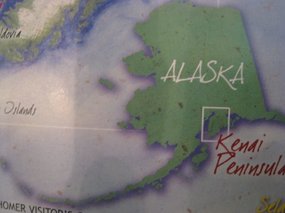
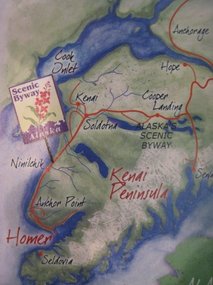


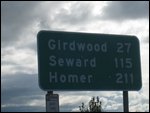
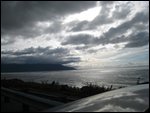
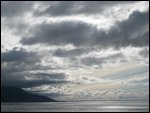
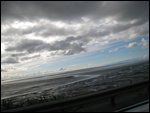
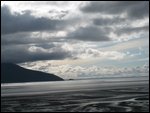
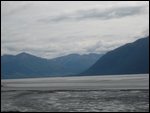
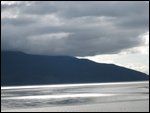
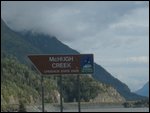
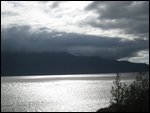
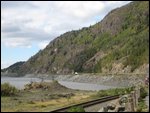
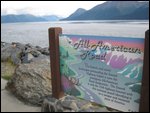
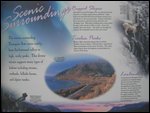
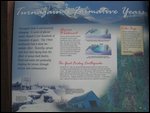

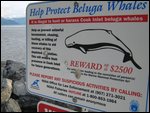
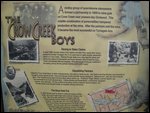
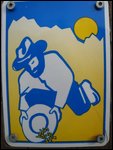
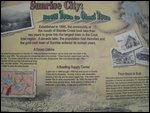
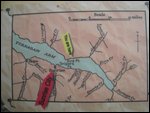
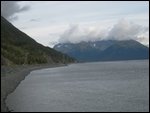
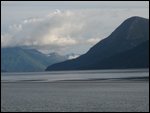
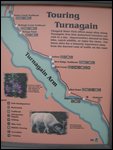
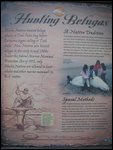
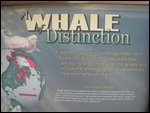
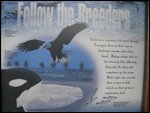
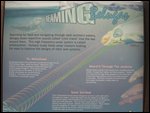
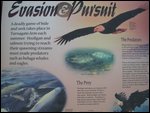
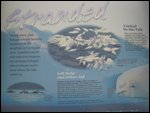
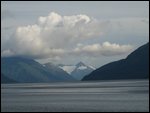
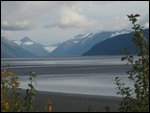
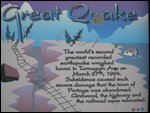

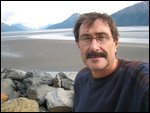
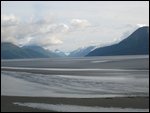
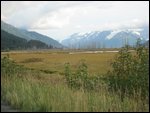

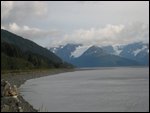
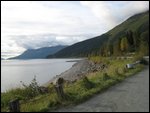
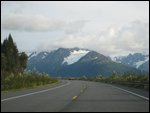
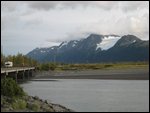
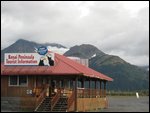
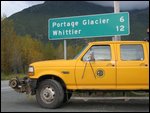
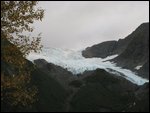
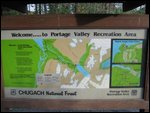
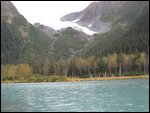
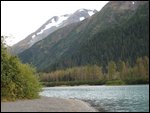
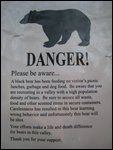
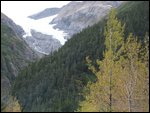
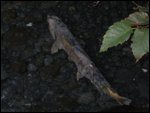
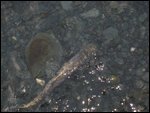
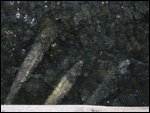
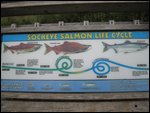
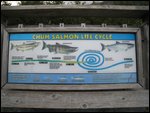

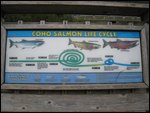
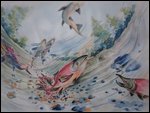
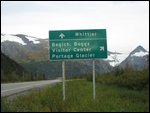
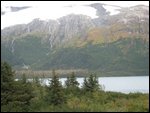
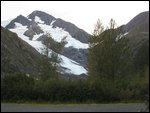
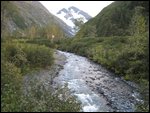
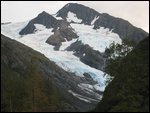
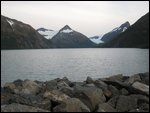
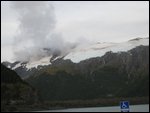

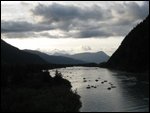
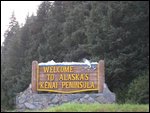
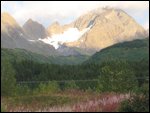
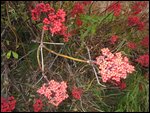
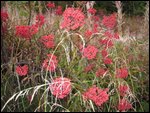
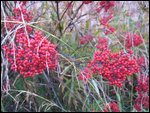
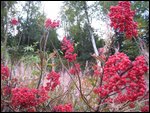
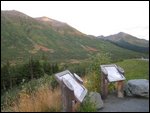
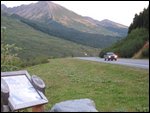
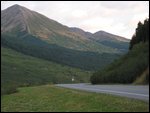

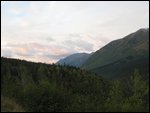

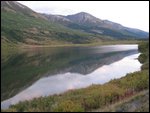
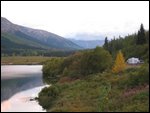
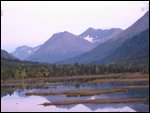
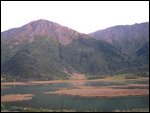
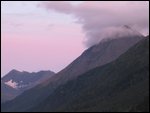

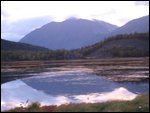
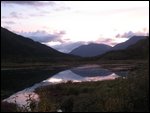
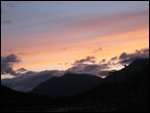
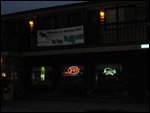
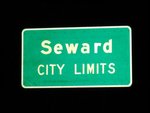
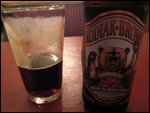
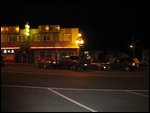
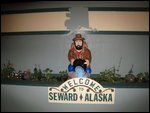
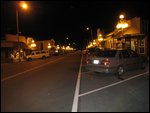
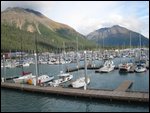
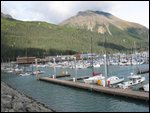
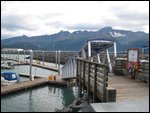
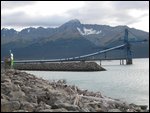
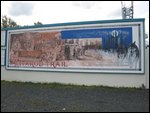
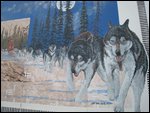
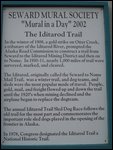
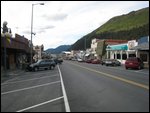
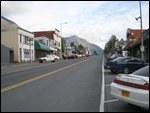
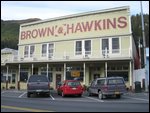
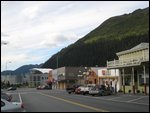
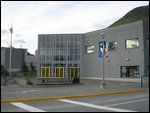
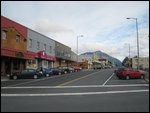
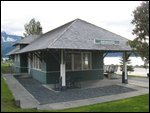
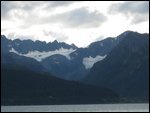
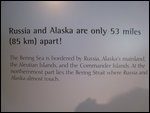
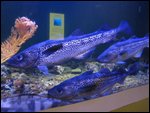
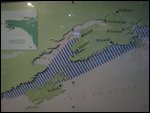
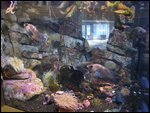
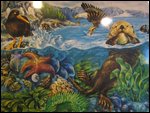



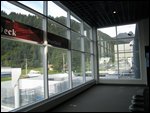
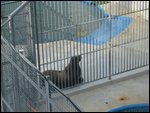
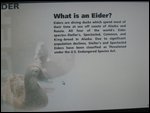
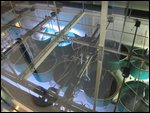
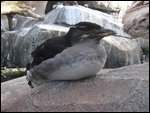

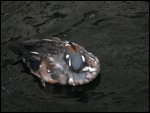
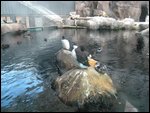
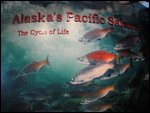
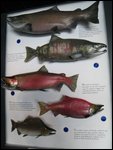

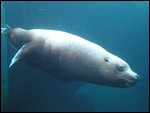
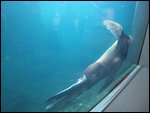
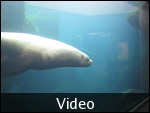
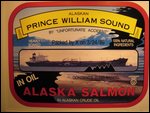
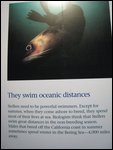

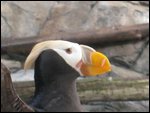
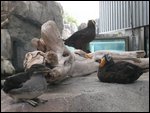
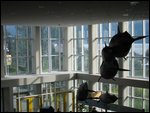
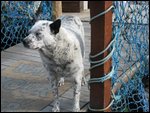
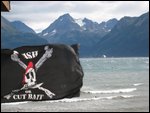
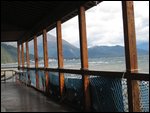
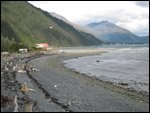
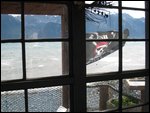
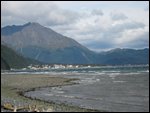
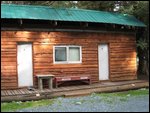

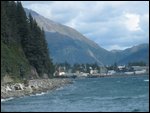
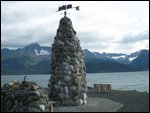
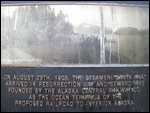
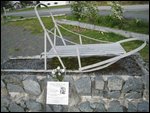

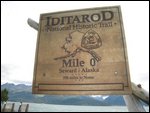
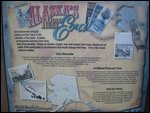
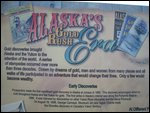
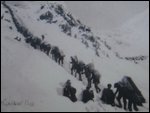
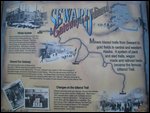
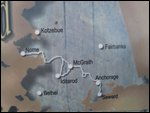
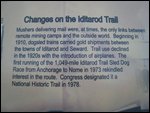
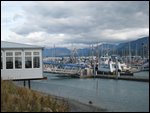
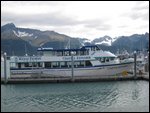
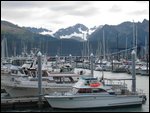
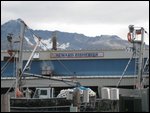
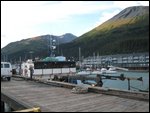
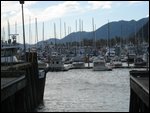
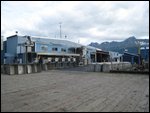
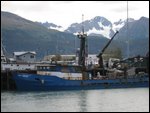
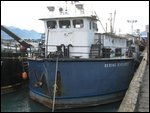

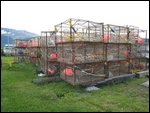
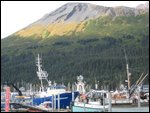
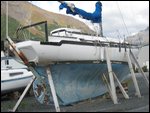
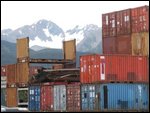
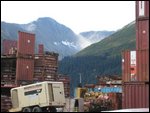
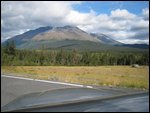
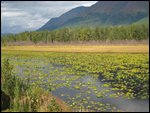
2025-05-22